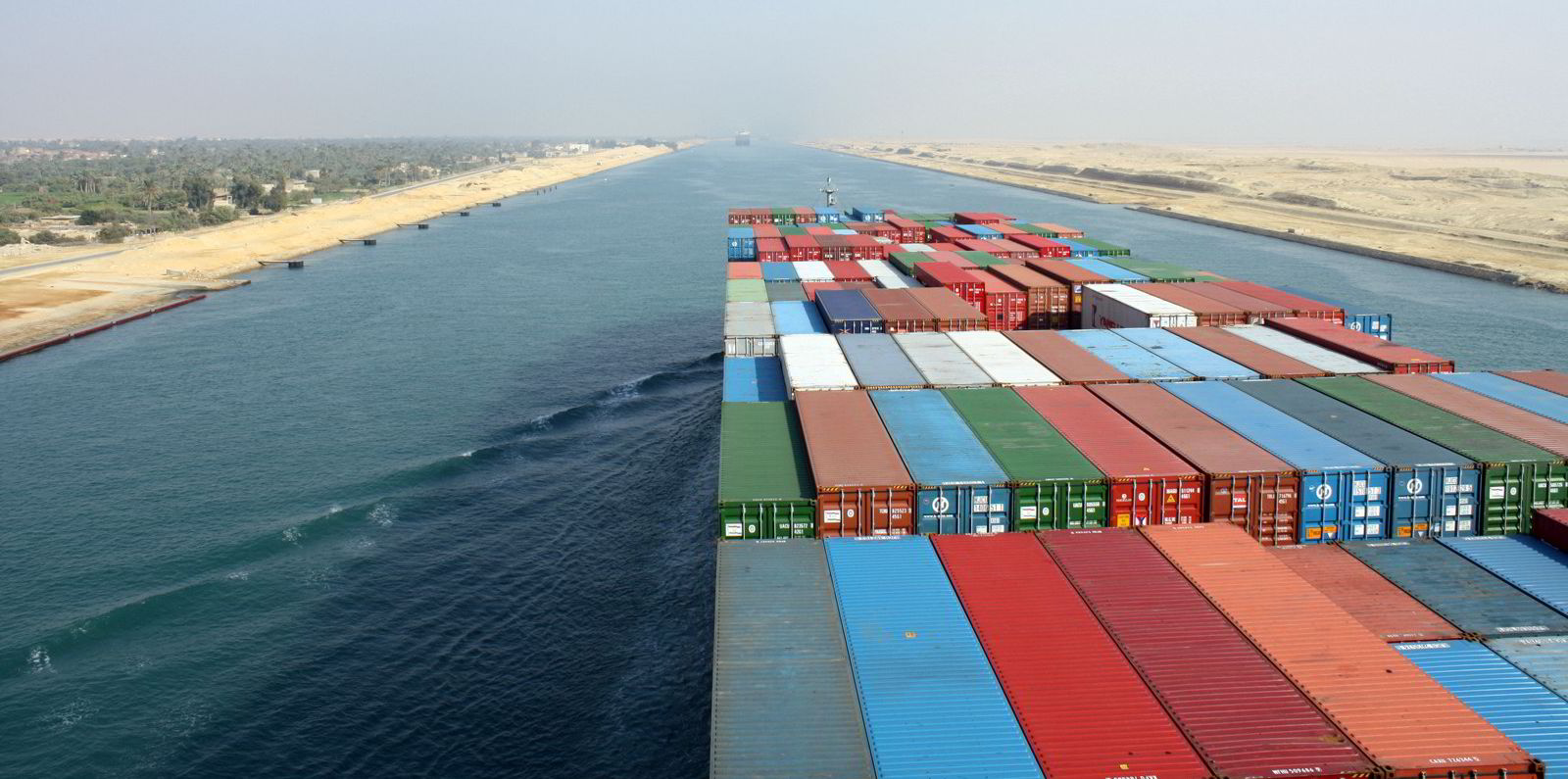The rate of containership scrapping fell sharply in the second half of 2020 as owners held on to vessels in booming markets.
Alphaliner said only 34 boxships headed to breakers between July and December, totalling 68,000 teu, compared with 55 vessels of 129,750 teu in the first six months of the year.
More late December deals could emerge this month, but Alphaliner called the numbers “a significant contraction”.
It said the main explanation for the drop is the booming container charter market, which has prompted owners to continue to trade older ships rather scrap them despite high demolition prices offered by recyclers.
New regulations
Total capacity scrapped last year of 197,750 teu is up on the 185,000 teu recycled in 2019.
But the figure remains well short of the 655,000 teu and 417,000 teu removed from the fleet in 2016 and 2017, respectively.
Alphaliner said most vessels sold for demolition in the second half of 2020 were in the smaller sizes, with 24 of the 34 units having a capacity of less than 1,500 teu.
Three were sold in the 1,500-teu to 1,999-teu feeder segment and four in the 4,000-teu to 5,299-teu class.
The proportion of large vessels sold for recycling was higher in the first half, with eight ships of between 5,500 teu and 7,400 teu sold, plus six units of between 4,200 teu and 5,200 teu.
VesselsValue and Viamar said scrapping is expected to be lower this year and in 2022 as earnings rise, but they expect a slight increase in 2023, due to new International Maritime Organization regulations related to decarbonisation taking effect.
“Many older container vessels were fitted with highly efficient hull forms for slow steaming following the economic crisis in 2008 and already meet the IMO requirements,” the analyst companies said.
Alphaliner said scrap prices have been on a rising trend after falling sharply at the peak of the Covid-19 crisis, when most yards were forced to shut down operations.
Levels are higher than they were at the beginning of 2020, as steel demand and prices remained strong.
Numbers in India, Pakistan and Bangladesh are around $430 to $440 per ldt, up from the low-$300s per ldt at the peak of the pandemic.
In Turkey, recyclers are offering $270 to $280 per ldt, up from $170 per ldt when coronavirus first struck.
High scrap prices are expected to continue in the short term, on the back of a sustained steel demand
Alphaliner
“These high scrap prices are expected to continue in the short term, on the back of a sustained steel demand,” Alphaliner said.
Clarksons Research said there had been almost a “perfect storm” leading to some record market conditions last year.
Analyst Trevor Crowe said that after the Covid-19 shock in the first six months, the Shanghai Containerized Freight Index (SCFI) ended the third quarter at 1,444 points, up 41% from last January and an eight-year high. The boxship charter market tightened from June, with the index up by 53% for the third quarter.
In the final three months, container freight rates surged worldwide. The SCFI reached a record of 2,412 in late December, up 67% from the end of September.
Charter rates have also maintained substantial momentum, with Clarksons’ index up 49% on the end of the third quarter — the highest since 2008.
Fewer blanked voyages
Idle capacity is down to about 4% of the fleet.
Blank sailings already tallied for 2021 are sharply lower, according to analyst eeSea.
In February, 1.7% of voyages have been scrapped on the three main East-West trades, with the figure falling to 0.6% for March, compared with 19.9% and 9.4% in the same months last year.
Few sailings have been cancelled for the second quarter so far, whereas this period in 2020 saw 14.7% blanked sailings.
Simon Sundboell, chief executive of eeSea, said: “In the first half of last year, blank sailings were widely considered as a way of managing capacity during the Covid-19 crisis. However, this is now being blamed for the unanticipated increase in freight rates and significant delays across the supply chain.”
Sundboell said it was understandable that cargo owners were frustrated by tight capacity.
“The impact on their businesses is huge,” he said. “But there seems to be an impression that carriers are deliberately holding back capacity to push up freight rates. We don’t see that.”









